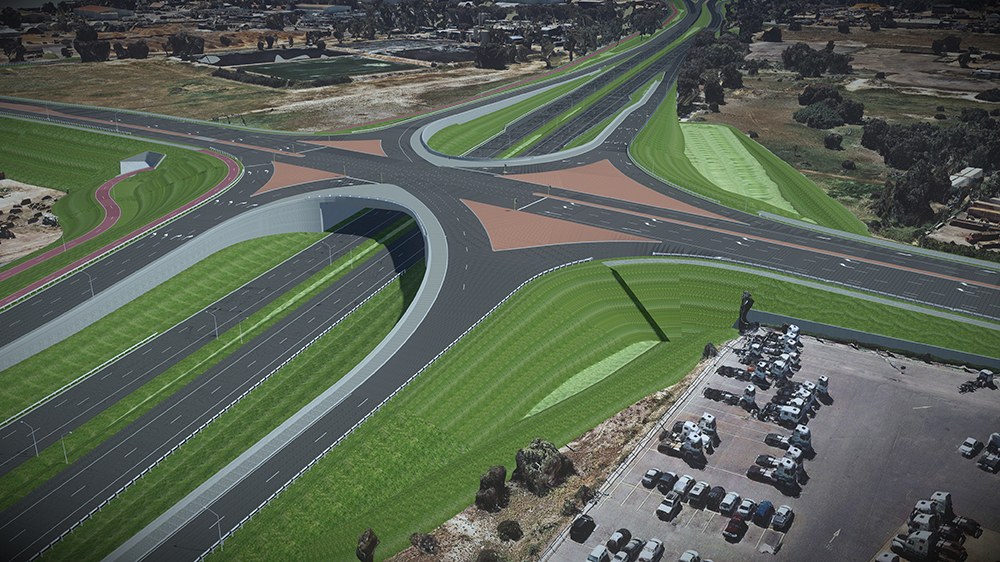
With excessive rainfall at the project site drenching the soil and presenting a high risk for potential landslides, earthworks became a significant challenge. Waskita realized that they needed continually updated information on the progress of the earthworks according to work location and had to establish a reliable database to manage and access the soil data to perform the stability analysis. Not only was it important to have timely and accurate updates on earthworks, but also reliable insight into the entire construction progress on site.
Click here for the video and case study.
Using Bentley’s integrated modeling and analysis technology, Waskita developed 3D BIM workflows and a connected digital environment that provided clear visualization of the existing site conditions and construction progress in the field. Waskita surveyed the field using drones and, with ContextCapture, processed the captured data into a 3D reality mesh. Leveraging the reality mesh model with the 3D corridor model developed in OpenRoads, Waskita quickly performed the earthworks calculations and monitoring. They then imported the earthworks and soil test data into gINT to create a digital database accessible to the team to later calculate and analyze slope stability with PLAXIS, helping optimize design and construction in locations prone to landslides. Lastly, Waskita used SYNCHRO to link the 3D BIM model with the work schedule data to simulate the construction plan and facilitate 4D construction monitoring within the connected data environment.
By going digital and automating previous manual processes, Waskita not only eliminated human errors and costly rework, but they also shortened earthworks calculations and reporting times from two weeks to three days.
Content produced in association with Bentley Systems











